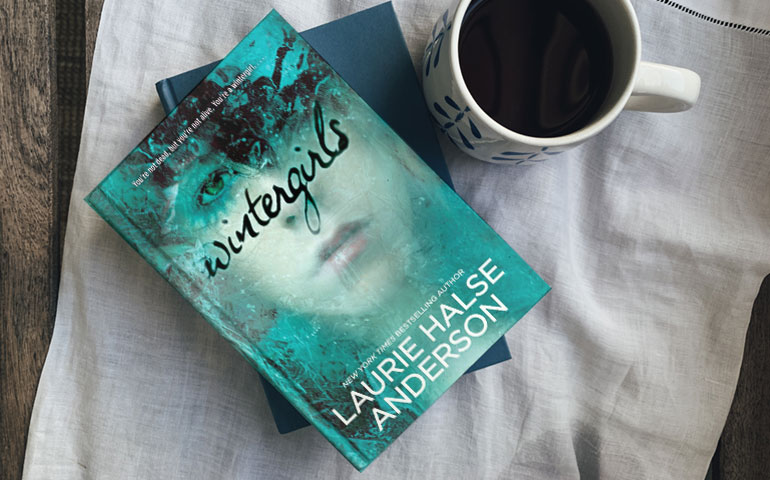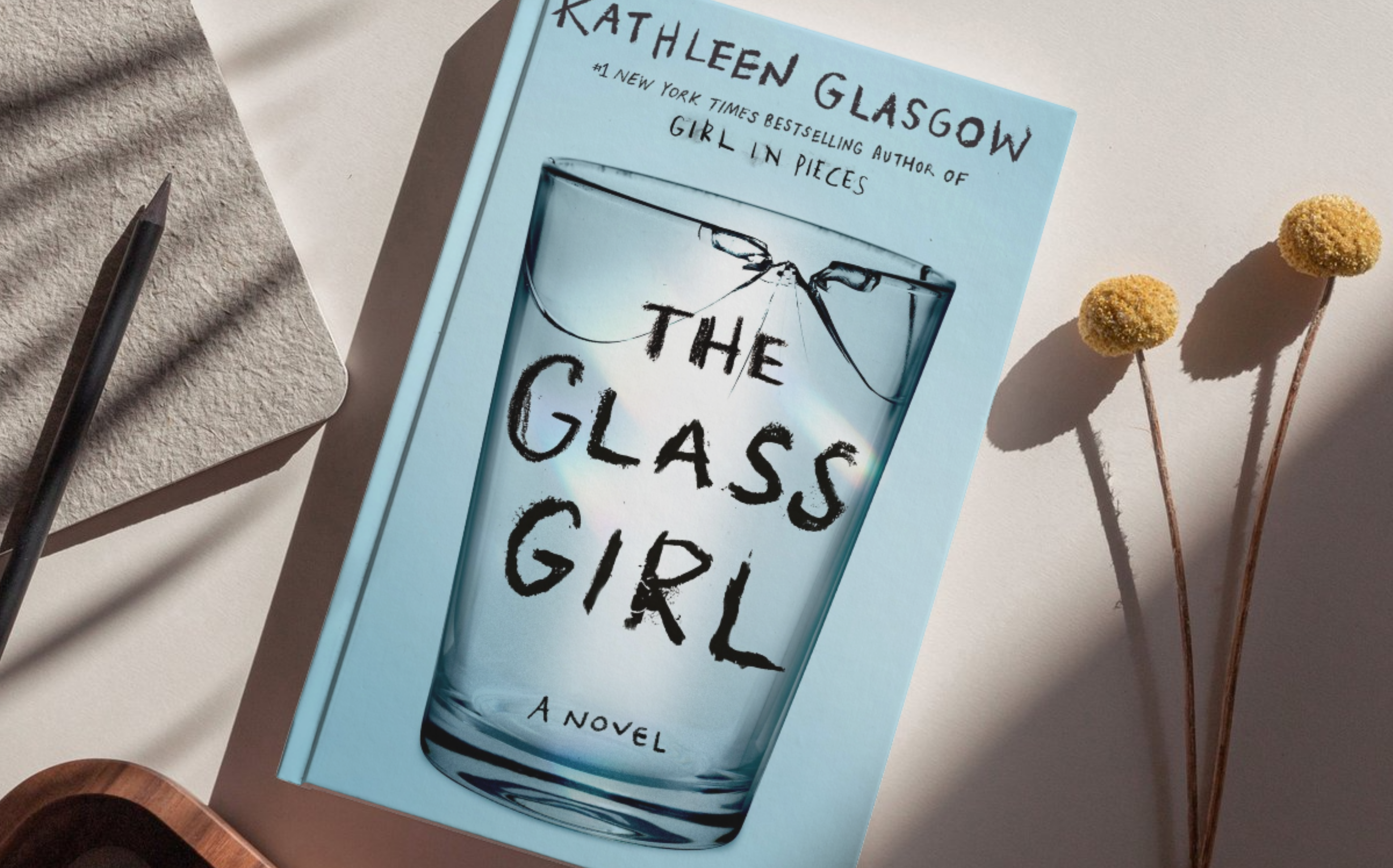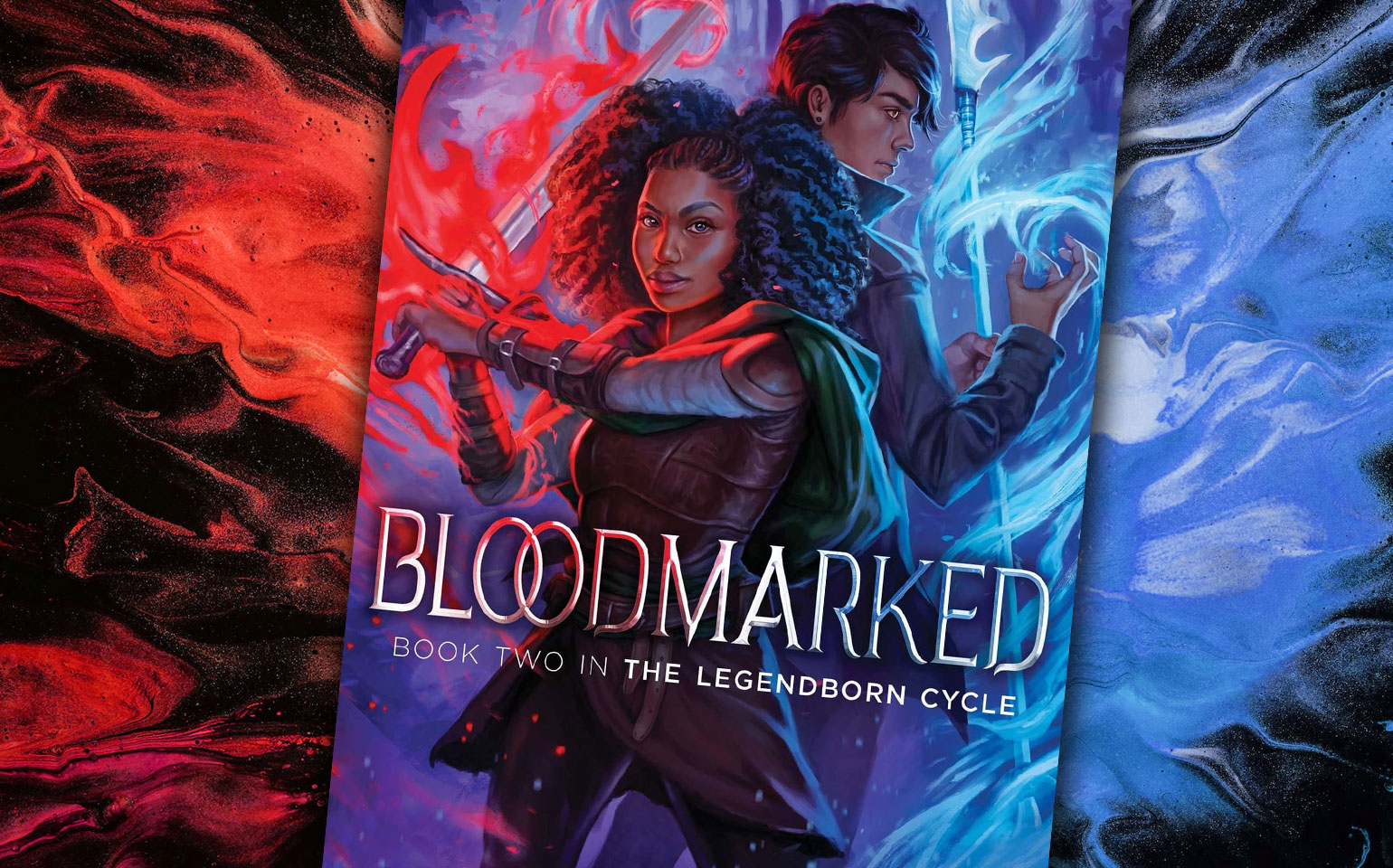
Wintergirls: A Story of Hope
Wintergirls is a novel by bestselling American author Laurie Halse Anderson. This novel takes a unique and realistic approach in dealing with serious issues such as mental health, eating disorders, and self-harm. Wintergirls follows the story of Lia, an eighteen-year-old girl who struggles with anorexia and depicts her attempting to cope with mental illness while also having to manage the recent death of her best friend Cassie. Anderson engages readers in Lia’s struggle through the manner the novel is written with the overwhelming concept of hope that Lia will recover.
Although at first glance this novel may look like a typical mental health story, it is so much more than it seems. Within the first few pages, the reader will become instantly intrigued by the great detail and powerful literary devices. On the first page of the novel Lia describes how she felt when she was fist told that her best friend died, “She tells me in four sentences. No, five. I can’t let me hear this, but it’s too late. The facts sneak in and stab me.” Anderson uses metaphors to explain how Lia feels as though the message of her best friend dying stabbed her. This makes the novel especially relatable as many teenagers can think sometimes that words and facts can feel as though they stab them, leaving them in pain.
The writing style of this novel is very modern and appealing to a young audience. Since Wintergirls is written in the first person, it lets the reader step into Lia’s shoes and imagine themselves in her situation. This allows the reader to experience Lia’s struggle with mental illness first-hand and understand her thoughts.
The novel is also written with strikethrough text in many parts of the story. This text is used when Lia has a thought but feels she should be thinking or doing something differently, the thought she had originally is written with a strikethrough and the new thought sits beside it. This helps depict how mental illness can cause people to force themselves to change their thoughts, which many teenagers can relate to in some way.
Wintergirls is a story of hope. Hope that Lia will recover from her eating disorder, hope that she will find peace in the loss of her best friend, and hope that she can return to a normal, happy life as a teenager. This novel countlessly depicts small ways that Lia finds the strength to stay alive and start to recover. One of these ways is her younger stepsister, Emma, who Lia cares about very much. During one of her realisation points, she gets the strength to start recovery by stating, “I have to teach Emma how to knit, I promised.” This shows how something so little can make such a huge difference to someone who suffers from mental illness.
Not only does the novel depict the struggle of many different types of mental illness, it also shows how these types of illnesses affect not only the person who suffers from it but also their family and friends. Wintergirls gives the reader an in-depth description of how Lia observes those around her react to different choices she makes and how their reactions cause Lia to feel. It teaches teenagers how to act around those with mental illness and how to be sensitive to their emotions. As depicted in the novel, this is a very valuable lesson as more and more teenagers are developing mental health issues and are not getting enough support from friends and family around them.
I would recommend this novel to anyone who may be struggling with their mental health or an eating disorder, as it can be very relatable and shows how to find hope when things may seem pointless and the importance of doing so. It also teaches teenagers how to recover from loss and the steps that can be taken. However, Wintergirls is not only for those with a mental illness because it teaches the reader about mental illness and lets the reader understand how hard it can be for someone in that position to recover. This novel can teach many teenagers how important it is to give that person sympathy and hope in order to help them.



